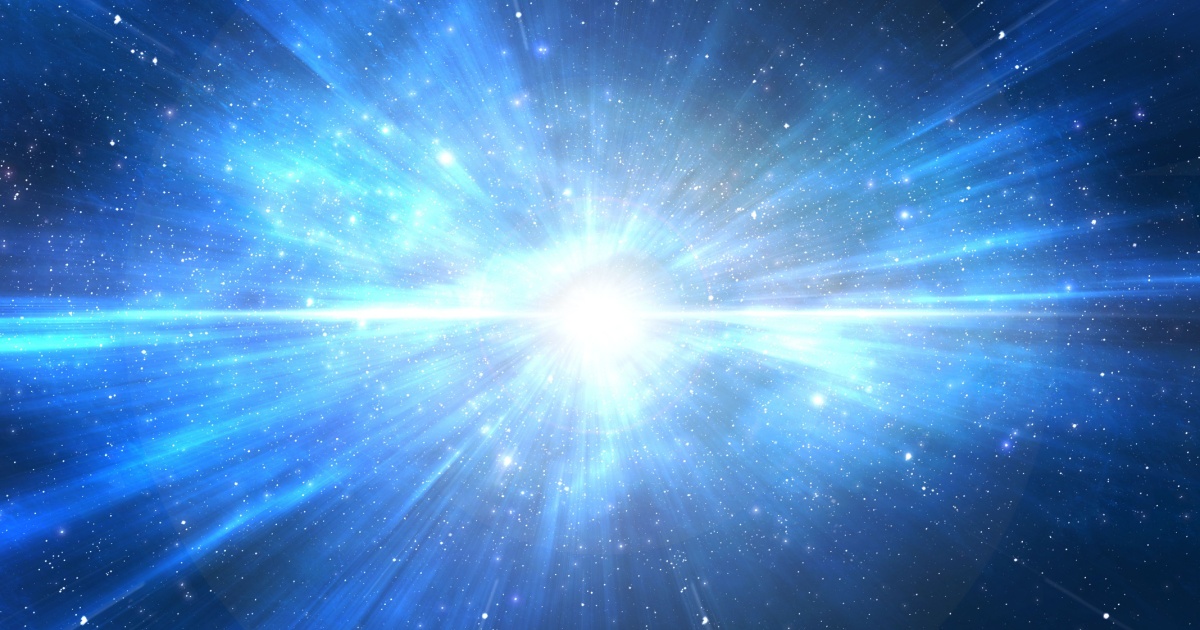
Shutterstock
When massive stars reach the end of their life cycles, they often explode in dramatic cosmic events called supernovae. These powerful explosions not only scatter elements crucial for forming new stars and planets but also leave behind mysterious remnants that can act like cosmic particle accelerators, potentially the most energetic in the universe.
Supernova remnants, the cloud-like structures left after a star’s explosive death, are intriguing to astronomers because they emit large amounts of high-energy radiation, including gamma rays and X-rays. These emissions indicate that something extraordinary happens within these remnants. Scientists have long theorized that these aftermaths of stellar explosions might be responsible for accelerating particles, like electrons and protons, to nearly the speed of light.
Recent observations and studies suggest that within these chaotic remnants, powerful shock waves created by the supernova’s blast sweep through the surrounding interstellar material. These shock waves essentially slam into clouds of gas and dust, compressing and heating the particles they encounter. In the extreme environment generated by these shocks, particles gain immense amounts of energy, rapidly accelerating. Much of this was found by running detailed simulations. Researchers wrote a paper covering the simulations they ran, which is available on arXiv.

Shutterstock
The mechanisms at play resemble those found in human-made particle accelerators, but at an enormously greater scale and intensity. Unlike Earth’s particle accelerators, such as the Large Hadron Collider, which uses powerful magnets and electric fields to accelerate particles, supernova remnants naturally accelerate particles through these turbulent and energetic shock waves.
Understanding these natural cosmic accelerators helps astrophysicists solve key mysteries about cosmic rays, which are highly energetic particles constantly bombarding Earth from space. Though discovered more than a century ago, the exact origins of cosmic rays have remained uncertain. Supernova remnants are prime candidates for producing these cosmic rays because the energy involved in supernova explosions is precisely the immense magnitude required to explain their extraordinary speeds and energies.
Moreover, recent research suggests the existence of extremely powerful particle acceleration events hidden deep within these supernova remnants. Scientists suspect that the environment around supernova remnants is complex enough to form unique magnetic fields capable of producing even higher energy particles than previously thought possible. These magnetic fields, twisted and amplified by turbulent conditions within the remnant, could propel particles to energies vastly exceeding those achievable by human technology.

Shutterstock
Studying supernova remnants is challenging, given the cosmic distances and the diffuse nature of these structures. However, advancements in telescopes and high-energy detectors have significantly enhanced scientists’ ability to analyze these enigmatic remnants. Observatories sensitive to gamma-ray and X-ray radiation have provided valuable data, reinforcing theories about the incredible energies involved.
As astronomers continue observing these explosive remnants in detail, we move closer to confirming their role as the universe’s most potent particle accelerators. Understanding this cosmic phenomenon could unlock answers to broader astrophysical mysteries and deepen our grasp of the universe’s extreme processes, shedding new light on how stars influence their cosmic neighborhoods long after their dramatic deaths.
If you thought that was interesting, you might like to read about a second giant hole has opened up on the sun’s surface. Here’s what it means.

